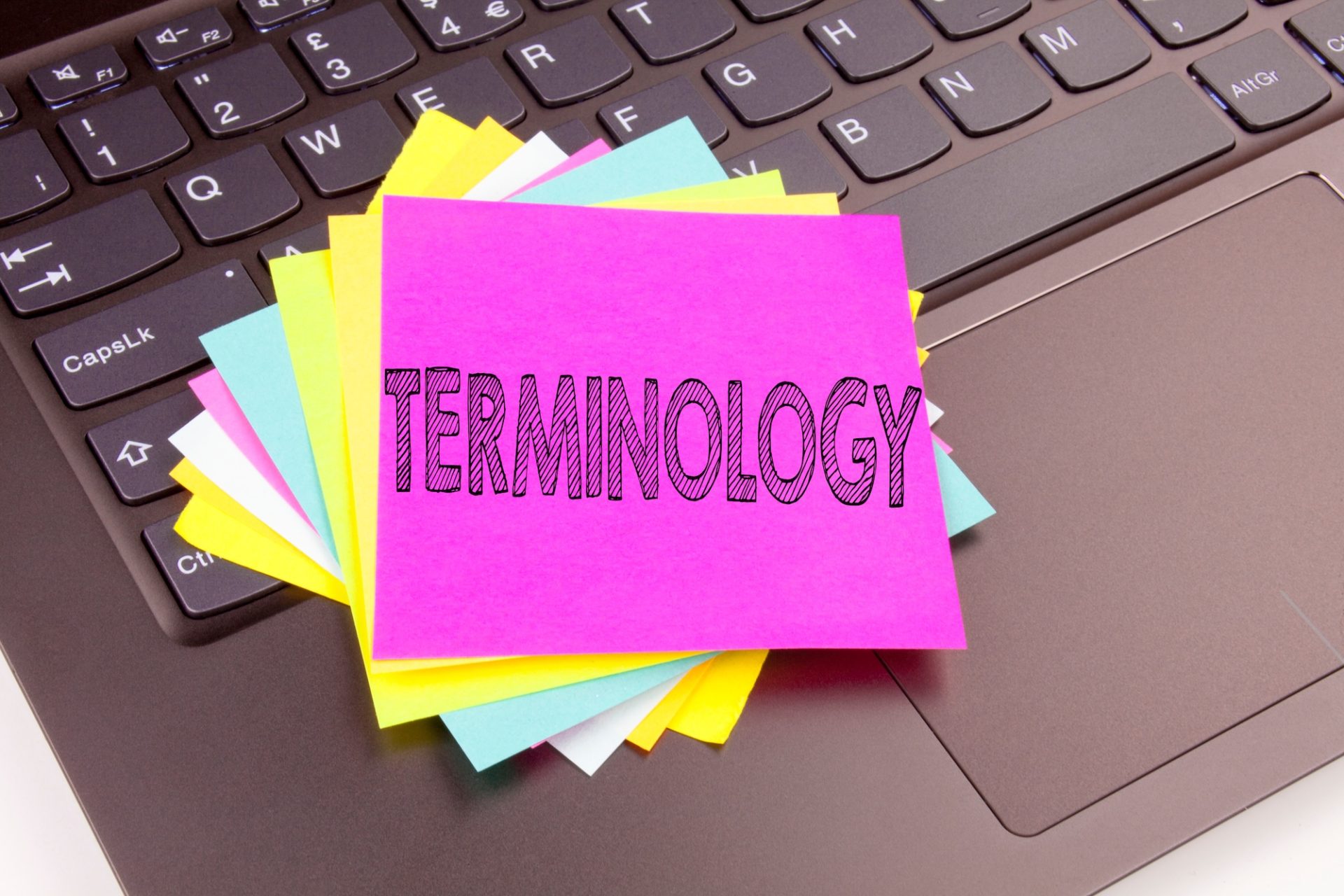Whether you’re new to downtown development or a seasoned Main Street pro, you’ve probably heard terms tossed around like “rent per square foot” or “activation strategies” and nodded along, secretly wondering what exactly they mean. We get it—and we’re here to help.
Downtown revitalization comes with its own lingo. Knowing the right terms can make conversations with developers, city leaders, and community members clearer, more productive, and—dare we say—less intimidating.
Here are a few common downtown terms you’ll hear and what they really mean:
This is how commercial lease prices are usually quoted. Instead of listing a flat monthly rent, landlords often use an annual rate per square foot. For example, if a space is 1,000 sq ft and the rent is $12/sq ft/year, you’re looking at $12,000 per year, or $1,000 per month. Understanding this helps you compare spaces and advocate for fair, competitive downtown rent.
No, we’re not counting literal feet—but the number of people walking through a specific area. Foot traffic is essential for retail, restaurants, and service businesses that rely on visibility and spontaneous visits. Higher foot traffic often means higher value to a location, and it’s something property owners and city planners pay close attention to.
This is the percentage of spaces that are currently leased or used. A high occupancy rate is a good sign—it shows strong demand and a vibrant downtown. But a lower rate can also signal opportunity: it may be the right time to recruit new businesses or offer pop-up shops.
You’ll hear this one a lot. It refers to buildings or areas that blend different types of uses—like housing, retail, office, and public spaces—all in one footprint. A downtown building with apartments upstairs and a coffee shop below? That’s mixed-use. It supports density, walkability, and a more active streetscape.
This term includes all publicly accessible spaces—sidewalks, plazas, parks, alleyways, and more. When we talk about improving the public realm, we mean making those spaces cleaner, safer, more attractive, and more usable for everyone. It’s the glue that connects downtown destinations.
Activation is a fancy word for making a space come alive. Think farmers markets, food trucks, street performances, holiday lighting, or even temporary art installations. These activities help draw people in, change perceptions, and make downtown a place people want to be—not just pass through.
This is the front face of a building—the part you see from the street. Façade improvements (like new signage, paint, windows, or awnings) are often part of revitalization programs because they’re highly visible and can dramatically impact how inviting a downtown feels.
Why This Matters
Downtowns thrive on collaboration. The more we all speak the same language, the easier it is to bring ideas to life, explain projects to stakeholders, and rally support for the work ahead.
At Maestro, we believe knowledge builds confidence—and confident leaders build better communities.
Want to keep learning and growing your downtown toolkit? Reach out to see how Maestro can support your team with tools, training, and community.
